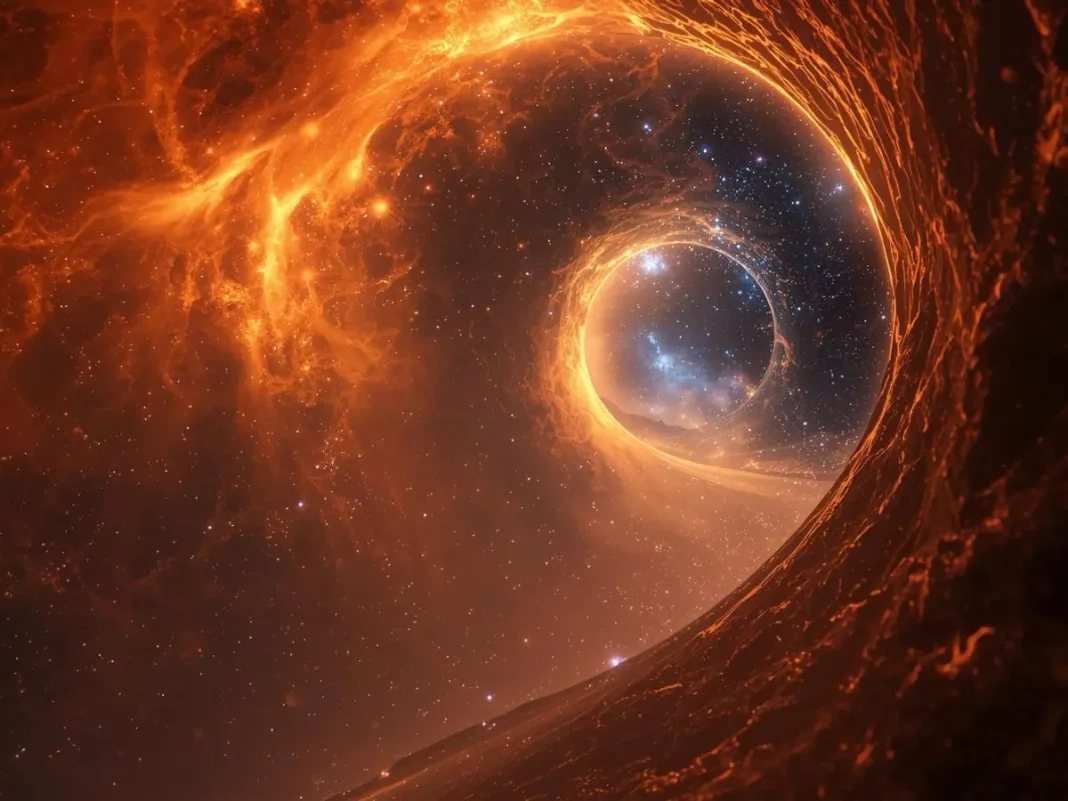Key Takeaways
- Astronomers discovered a cosmic ‘interstellar tunnel’ connecting our solar system to distant stars
- The tunnel is a channel of superheated gas within the 300 light-year wide Local Hot Bubble
- Data from eROSITA X-ray telescope revealed pathways toward Centaurus and Canis Major constellations
Scientists have made a groundbreaking discovery of an ‘interstellar tunnel’ – a cosmic channel of superheated gas that directly links our solar system to distant stars across the Milky Way galaxy.
Researchers from the Max Planck Institute used advanced data from the eROSITA X-ray telescope to map the Local Hot Bubble (LHB), a vast region of hot, low-density plasma surrounding our sun that spans approximately 300 light-years across.
Mapping the Cosmic Network
The LHB formed through a series of supernova explosions over millions of years. Astronomers detected significant temperature variations, noting that “the temperature of the LHB exhibits a north-south dichotomy at high latitudes.”
By analyzing the space in detailed galactic coordinates and combining eROSITA data, researchers identified a mysterious corridor of glowing gas stretching toward the constellation Centaurus, with potential additional pathways extending toward Canis Major.
The findings suggest this might be part of an extensive network of channels connecting star-forming regions and pockets of heated gas throughout our galactic neighborhood.
Confirming Longstanding Theories
The concept of interstellar tunnels isn’t entirely new. Previous research had suggested that space around our solar system contains a complex labyrinth of cavities, channels, and hot gas bubbles rather than empty vacuum.
However, until now, scientists lacked sufficient data and proper collection methods to confirm these theories. Max Planck Institute scientists note that the “average thermal pressure in this bubble is lower than expected, indicating that it might be open in some directions.”
Future research will focus on determining whether these tunnels genuinely connect the Local Hot Bubble to nearby planetary nurseries – regions where new stars and planets are born.
The discovery fundamentally changes our understanding of cosmic connectivity, revealing that the space surrounding us is far more dynamic and interconnected than previously imagined.





